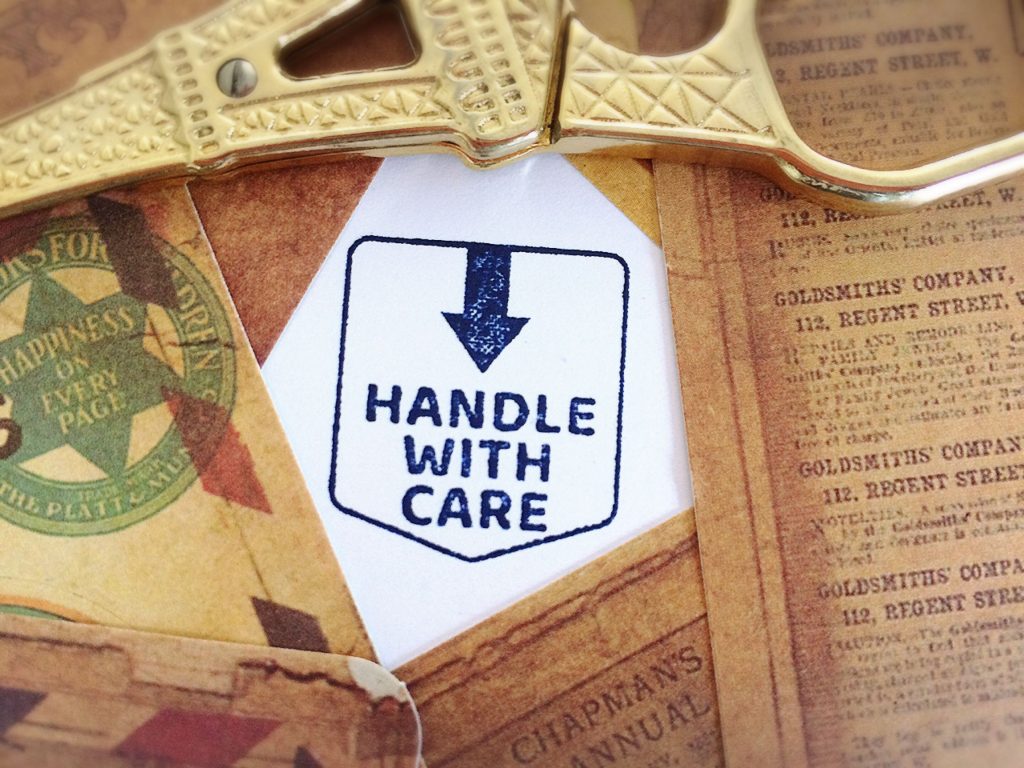
If a product arrives damaged you’ll want to return it. After all, you’ve paid for something and haven’t received what you’ve paid for.
However, you may be surprised to learn that the cost of all the returns made each year is $260 billion! Of course not all of these are damaged goods but the fact is a high percentage are.
This is why it is so important to take the right steps when shipping; protecting the product can save business a fortune in time and money!
Use The Right Products
There are several things to consider when packaging a product to send to a customer:
-
The Box
This should be designed to fit your product. The days of placing a product in a box and hoping it gets somewhere safe are long gone.
A good box designed will encompass the product giving it no room to move. There should be a separate compartment for each part of the product to help prevent damages.
Cell phone boxes are a great example of this working well.
-
Padding
Next you need to consider the padding outside of your box. If you are shipping a big batch then your main box should be designed for a specific number of products; this will stop them from moving.
If for any reason the box is not filled you need to add padding to stop the items from moving round. This can be a difficult decision as you’ll need to consider the environment; not all packaging is environmentally friendly.
-
Delivery Method
Perhaps most importantly you need to consider how you will get your product to your supplier. The usual method is with a delivery company. They will collect your daily shipments, add them to their lorry then take them to their depot. From there they will be sorted and shipped.
This is the riskiest part of the process. You will no longer have control of how your product is handled.
At this stage it is a good idea to consider taking a look at the products offered by www.shockwatch.com.au. These are specifically designed to notify the customer if the box has been tilted, shocked, subject to temperatures outside of the norm or mistreated in any other way.
The sensor will go red and the customer can return the item.
The beauty of this is that you will instantly know the delivery service is at fault and can get the necessary compensation from them. This is preferable to the usual approach where the customer complains and then you have to argue with the delivery service regarding who actually damaged the product.
Insurance
This does not mean you should avoid having a good insurance policy for goods in transit; there will always be issues that can be covered by this type of policy. The expense is worth it when you need to claim. Not having the insurance can make a huge dent in your profits. But having the right approach to handling your fragile goods will make your life much easier.
HedgeThink.com is the fund industry’s leading news, research and analysis source for individual and institutional accredited investors and professionals






































